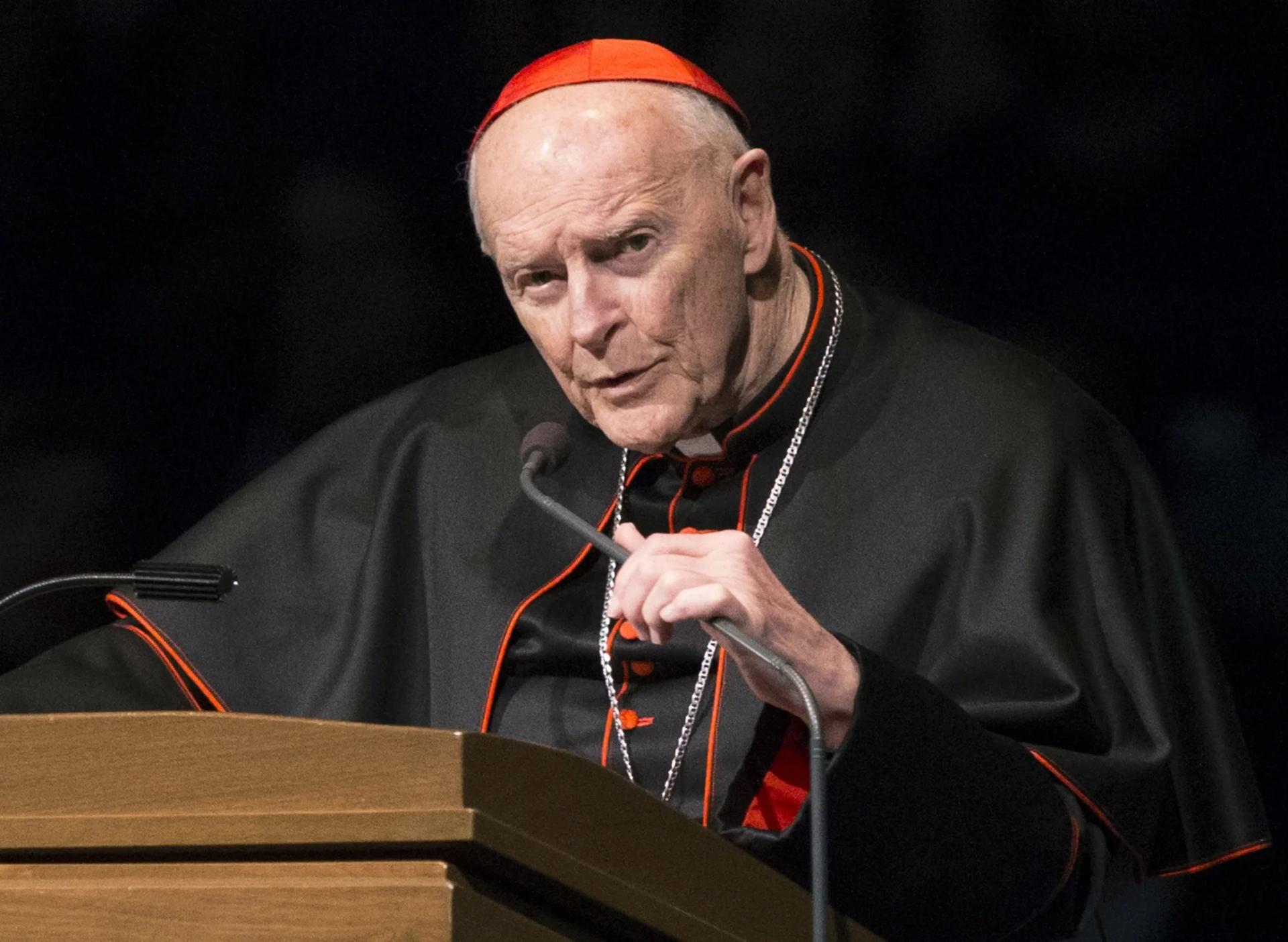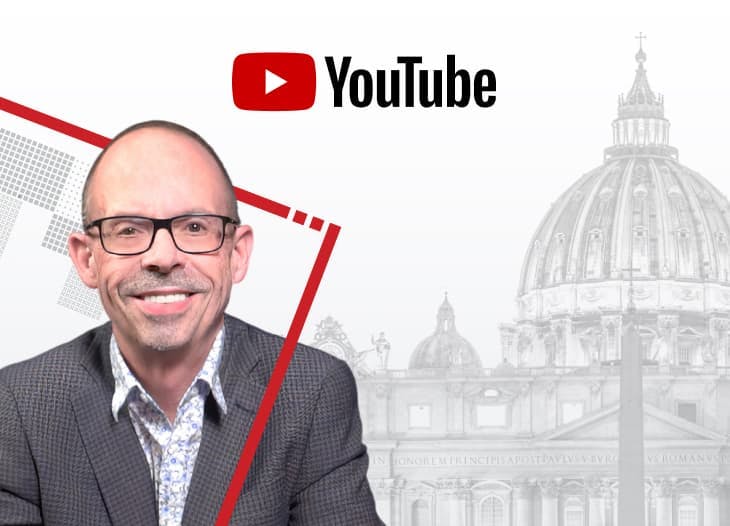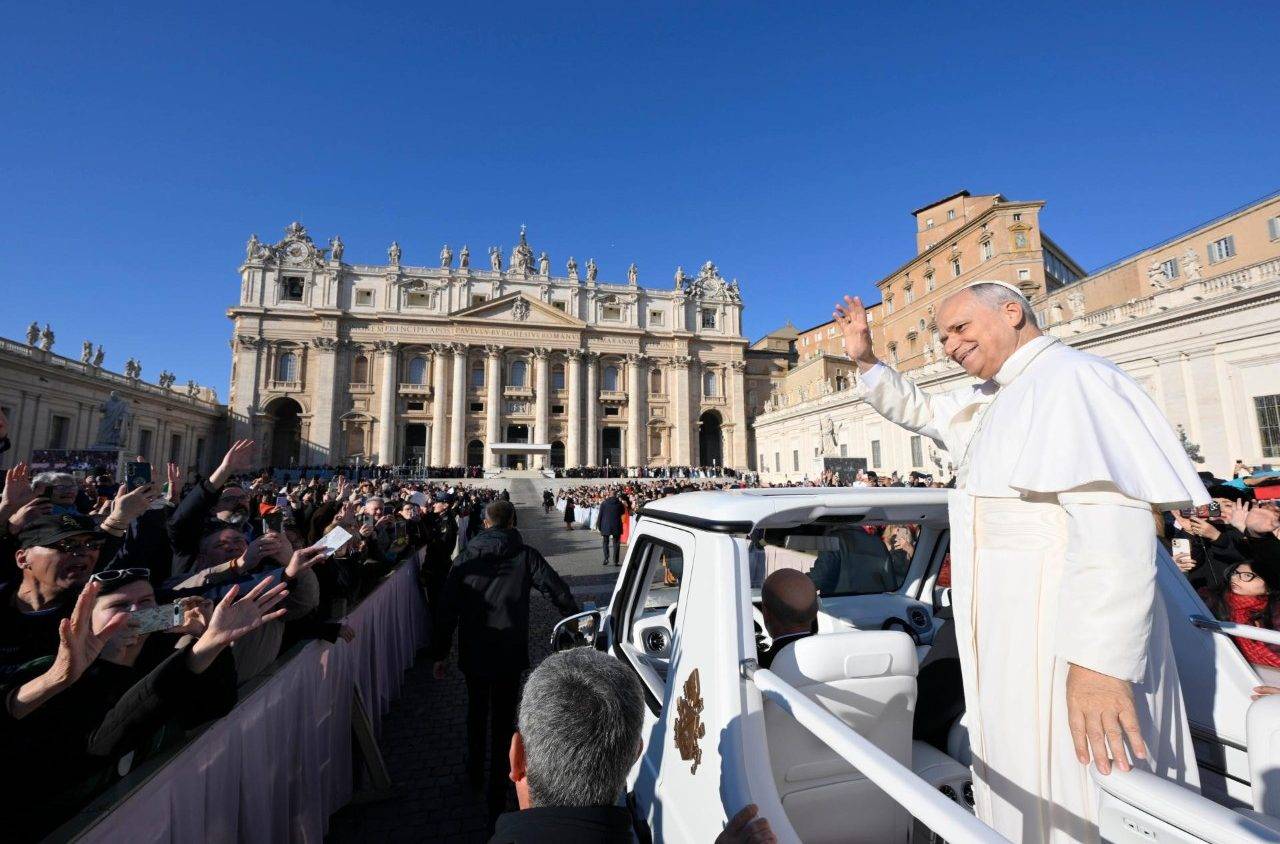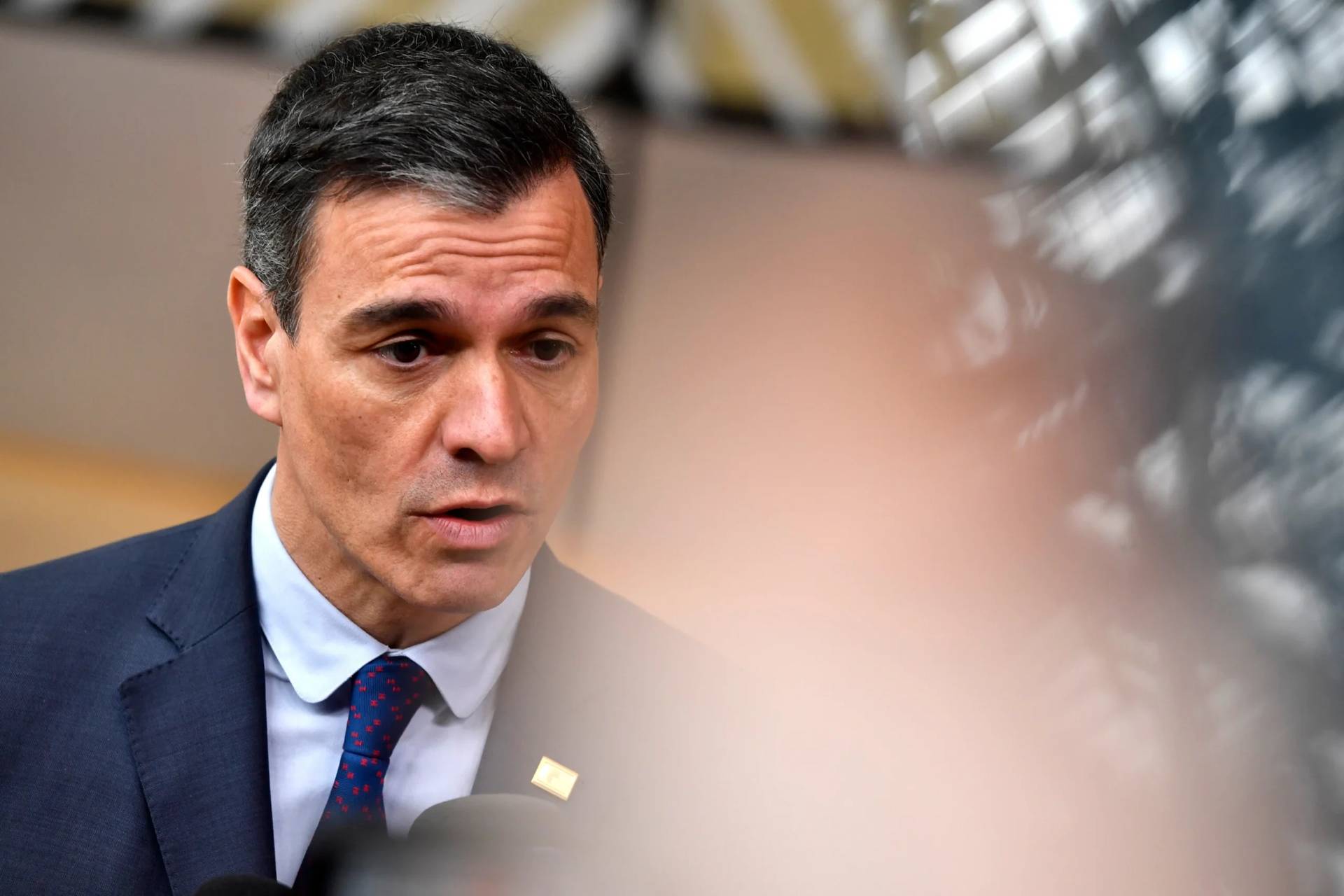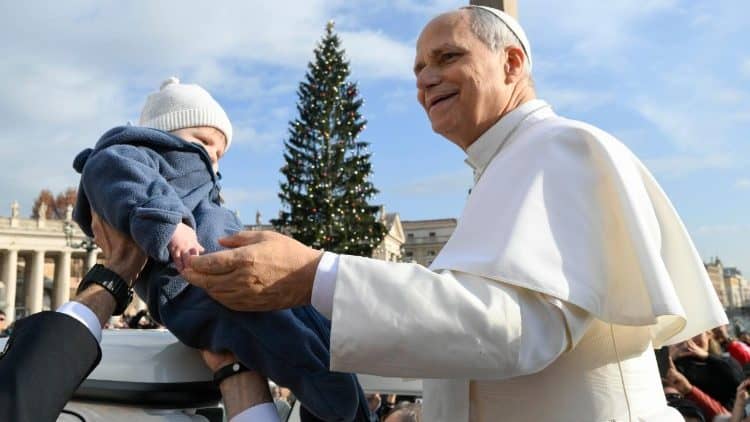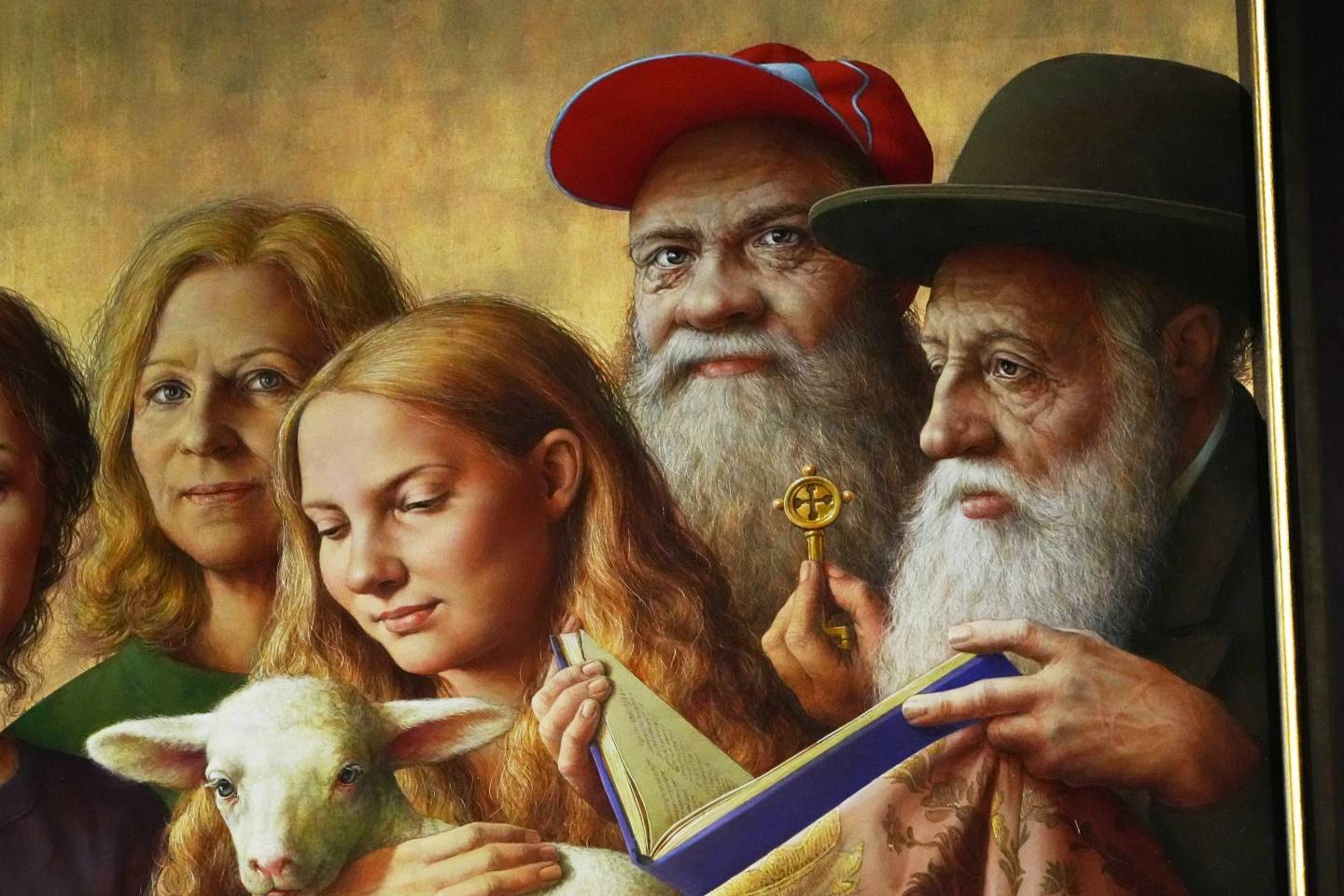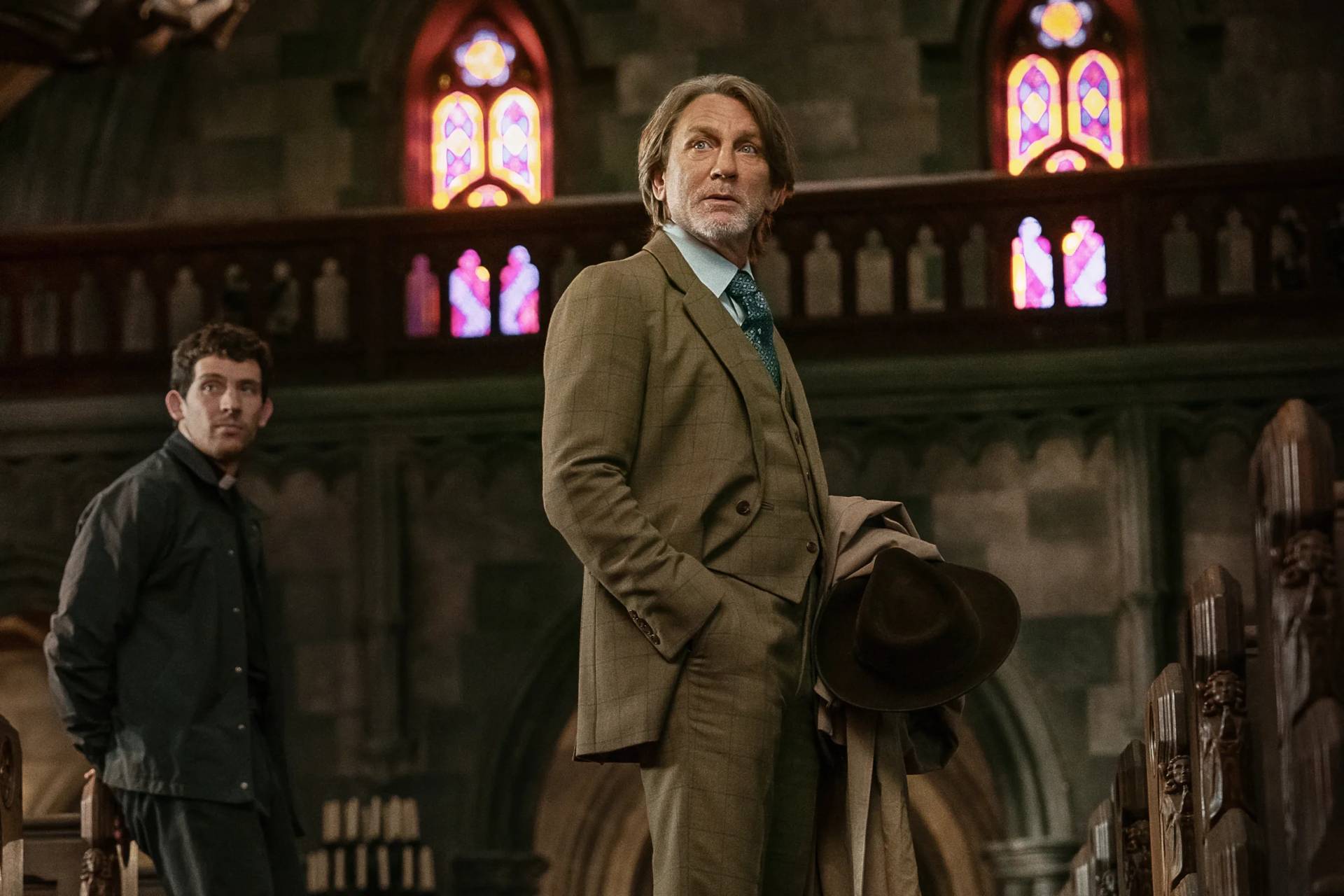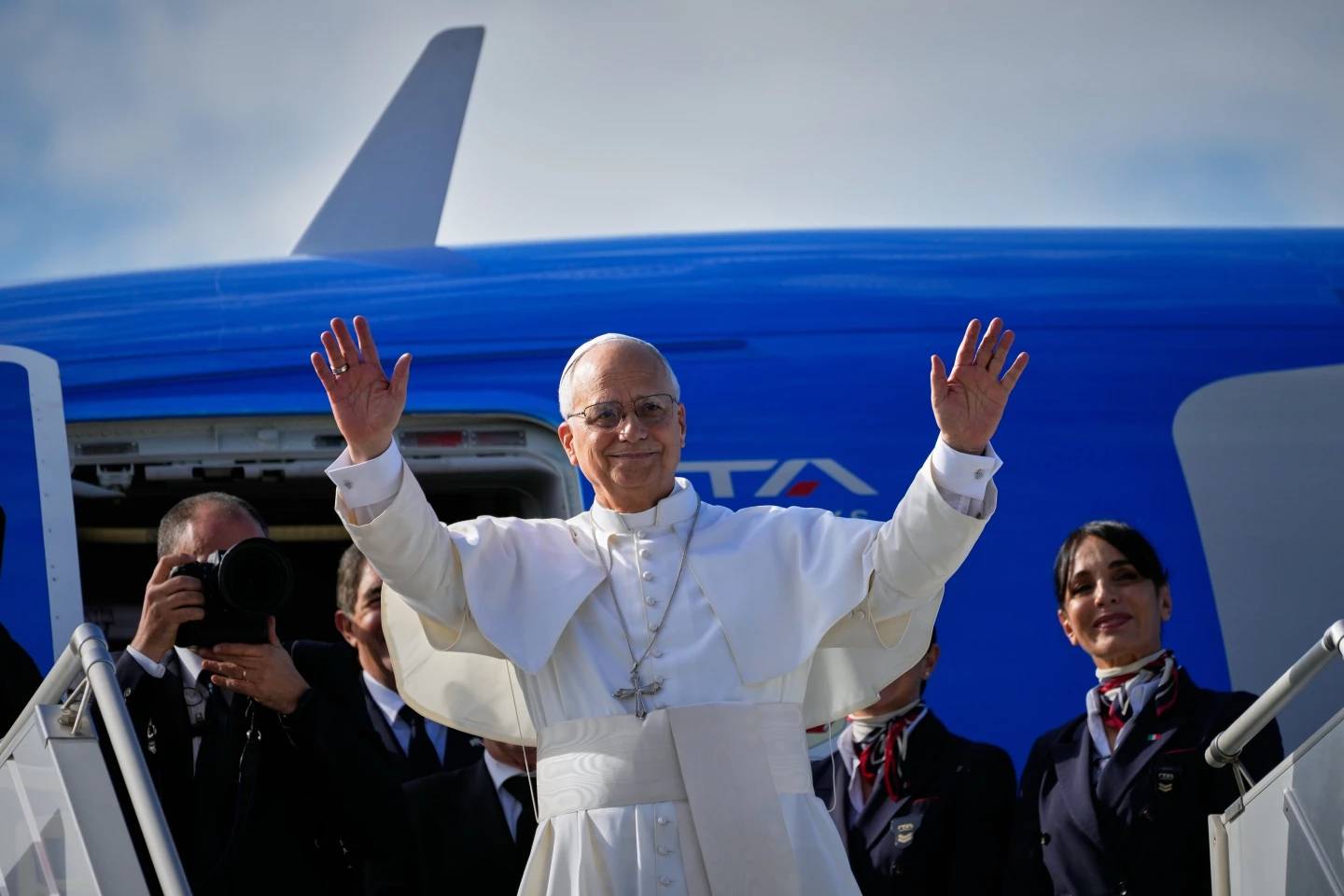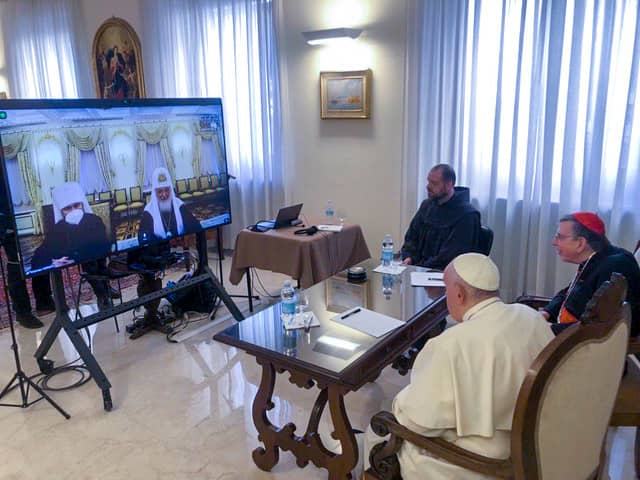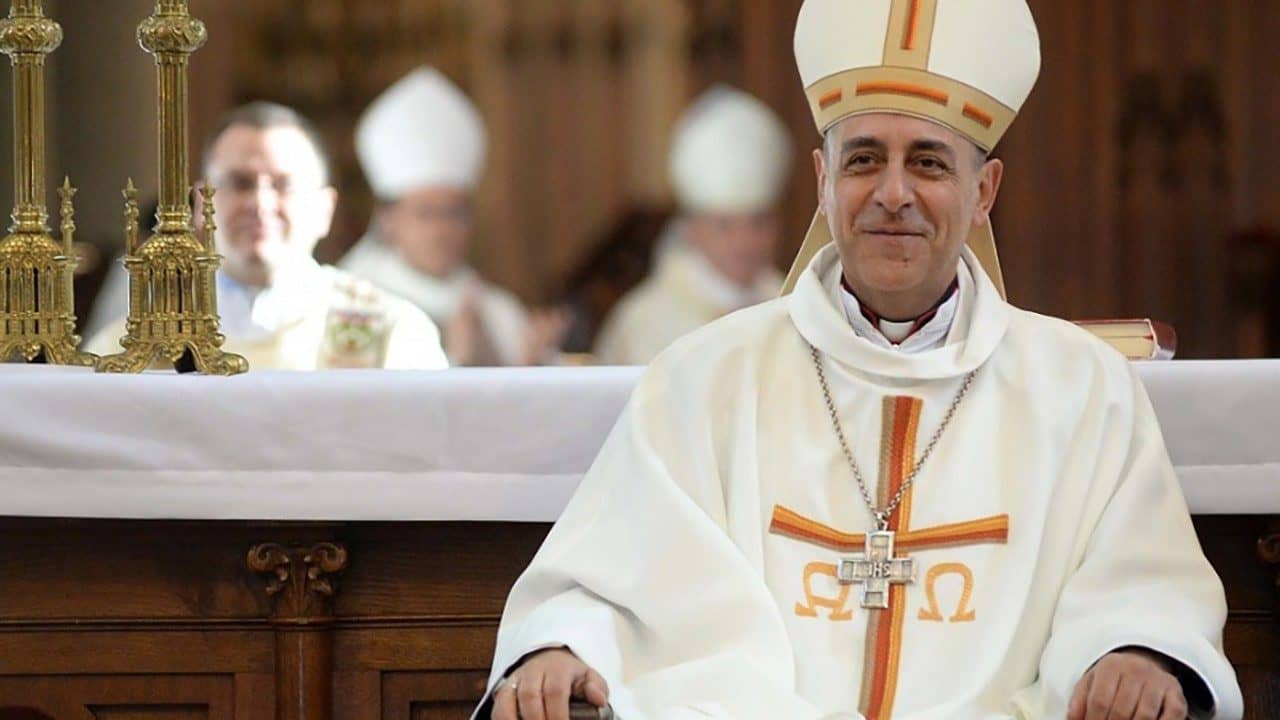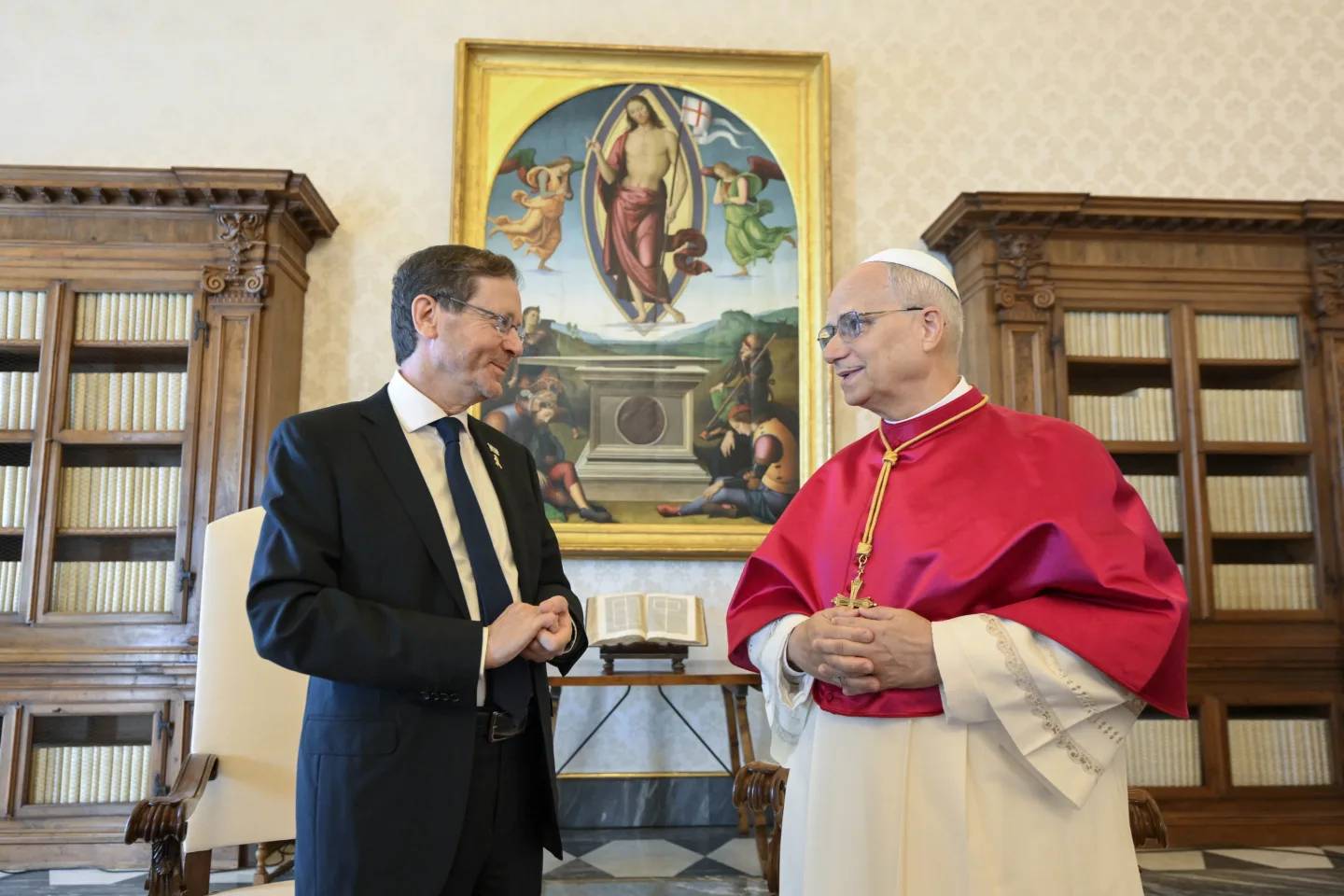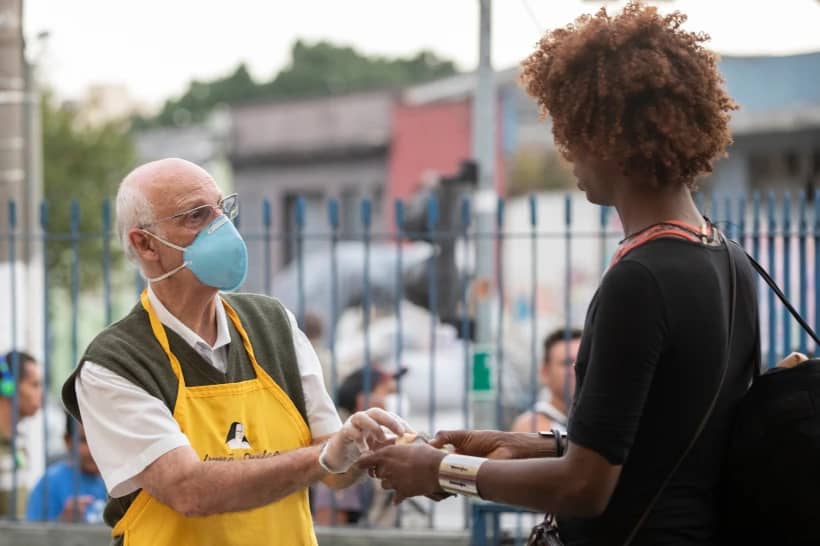I remember the first time I heard about then-Cardinal Theodore McCarrick liking to share a bed with young seminarians.
It was 2002, and I was working at the Vatican. A co-worker told me of how he took part in a weekend retreat with McCarrick years before, when he was a seminarian and McCarrick was a bishop. It was two to a bed in the house, and he got the call to share with McCarrick.
He said McCarrick only put a hand on his shoulder before falling asleep, but he also said he had heard stories of more “intimate” transactions taking place between McCarrick and others in similar circumstances.
It was then I learned McCarrick’s nickname was “Uncle Ted.”
RELATED: Disgraced former Cardinal Theodore McCarrick has died at age 94
At the time, McCarrick had recently been made a cardinal and was leading the Archdiocese of Washington, DC. Before coming into the capital see of the United States, McCarrick had led the Archdiocese of Newark, NJ. Before that, he had been bishop of Metuchen, NJ. He started his life as a priest and later auxiliary bishop in New York.
These rumors followed him everywhere: Rumors, and rumors of rumors. Several journalists heard these rumors and explored the story, but no one would speak on the record.
Through it all, McCarrick rose through the ranks.
“The allegations against McCarrick had been an open secret for years,” said Anne Barrett Doyle, Co-Director of BishopAccountability.org, in a statement issued Friday on the death of the disgraced former cardinal.
“His fellow cardinals and bishops knew; a cadre of high-ranking Vatican officials knew; Popes John Paul II and Benedict XVI knew; and Pope Francis knew or should have known,” Doyle said.
“Yet until the publicity about the case in 2018,” Doyle said, “not one of these powerful men reported him to law enforcement, alerted the public, or even forced his removal from ministry. The Church protected the influential cardinal’s reputation and ignored or discredited his victims.”
“If even one of his brother bishops had called the police,” Doyle continued, “McCarrick might have been prosecuted years or even decades ago.”
RELATED: In facing ‘populist’ tide, Pope risks exposing Church skeletons
The publicity about the case led to McCarrick resigning his red hat in 2018. He was laicized in 2019. The former cardinal died on Thursday at the age of 94.
Why was McCarrick able to carry on the way he did? There are various theories.
For one thing, McCarrick was a prodigious fundraiser for various causes. He was famous as a money machine, and he made friends along the way, both in the United States and in Rome.
“Uncle Ted” also had a lot of priests serving under him, and many of them have risen through the ranks.
RELATED: Rupnik case casts shadow on Vatican’s commitment to fight abuse
For the better part of the last decade, we have heard such figures – many of them now bishops and even cardinals – give detailed statements on how they never knew about the accusations against McCarrick, or if they did hear the accusations, they didn’t find them to be “credible.”
Much like a 29-year-old new employee at Vatican Radio, other Church workers found it easy to adopt the attitude that if “it isn’t my job, it isn’t my problem.”
“Arguably,” Doyle went on to say, “no other case in the history of the abuse crisis exposed the complicity of as many high-level Church officials.”
Arguably.
The Rupnik Affair must be a close second, and there is a very great deal reporters have yet to unearth regarding the sordid exploits of Father Marko Rupnik and the churchmen who enabled him or at least failed to stop him for decades.
Rupnik is the disgraced Slovenian celebrity mosaic artist accused of spiritually, psychologically, and sexually abusing dozens of victims, most of them women religious.
A former Jesuit expelled from the order for disobedience after he refused to abide by restrictions imposed on him when his abusive behavior came to light, Rupnik is currently a priest in good standing— still —and awaiting trial.
“The revelations of the crimes of ex-Cardinal Theodore McCarrick changed how the Vatican and Pope Francis publicly respond to the clergy abuse crisis,” Doyle said.
“Without the public pressure this case brought to bear on Rome in 2018, it’s likely that Francis would not have convened his global abuse summit, or enacted his so-called accountability law, Vos Estis Lux Mundi, in 2019,” she added.
Vos Estis Lux Mundi was issued to change this “not my job, not my problem” attitude and create requirements for reporting sexual abuse in the Church, but a law is only as good as its enforcement.
Pope Francis himself has long been dogged by accusations he tends to believe the protestations of innocence from clerics over the accusations of victims. The Rupnik business is not the only high-profile case to touch Pope Francis personally.
Francis took the word of Chilean Bishop Juan Barros – that was in January of 2018, months before the McCarrick case exploded in worldwide scandal – and trusted Argentinian Gustavo Óscar Zanchetta for years over the objections of their victims before letting him resign quietly for “health reasons” and creating a sinecure for Zanchetta in the Vatican government.
Francis eventually reversed course on Barros and Zanchetta, but only after powerful and sustained public outrage informed by staunch reporting both locally and in Rome.
Earlier this year, the Vatican Dicastery for Legislative Texts cautioned against publishing “news” that would harm the reputation of an individual, especially someone who is deceased, when it is about priests accused of abuse and not found guilty in civil or canonical procedures.
Given that such accusations against people who have not yet been found guilty is the main way these clerics accused of abuse have been brought to light – and is in fact how the news business works – there is ample to reason to doubt the Church has learned the needful lessons.
Theodore McCarrick is dead, but his ghost haunts the Church.
Follow Charles Collins on Twitter: @CharlesinRome
